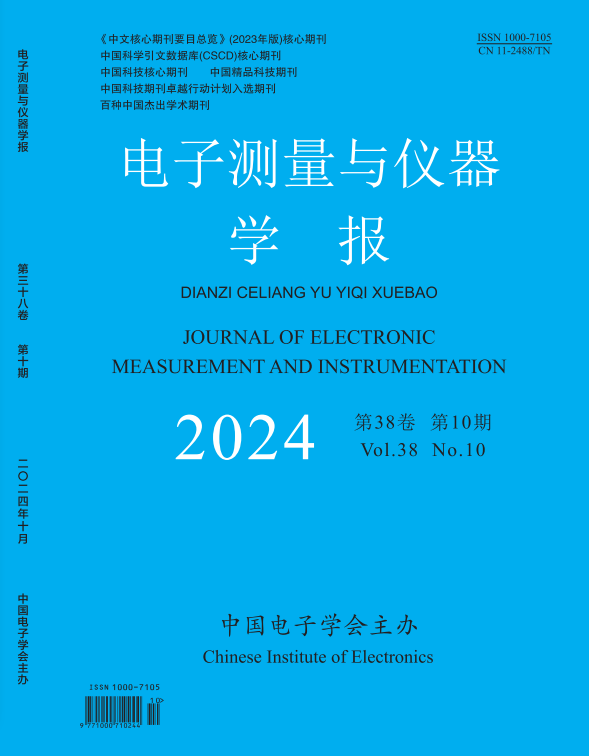2022, 36(3):15-28.
Abstract:The electromagnetic flowmeter plays an important role in the industrial production. However, easily influenced by the bubbles
in the fluid, fluctuations often appear in the measurement results, leading to a lower measurement accuracy. Quantitative analysis of the
influence of bubbles in the electromagnetic flowmeter measurement process has important engineering significance for improving the
accuracy of electromagnetic flow measurement and realizing gas-liquid two-phase flow measurement. In view of this, starting with the
weight function, the analytic method is used to establish the theoretical model of bubble size, bubble eccentricity, and the number of
bubbles. Then, by simulation and experiments, the influence of different states of bubbles on the electromagnetic flow system with a
diameter of 100 mm and circular point electrodes with a 5 mm radius is studied. The output voltage sensitivity is used to analyze the
influence of different states of bubbles on electromagnetic flow measurement. According to the research results, with the increasing of the
bubble size, its impact on the electromagnetic flow measurement is within the range of 0. 3% ~ 5%, the maximum of 5%. The influence
of bubbles with a diameter of 10 mm ranges within 0. 25% ~ 0. 6% along the eccentricity direction of the electrode and increases with the increasing of the eccentricity distance. The influence of the increasing eccentric distance along the direction perpendicular to the
electrode has a tiny impact on the measurement. It fluctuates within - 0. 2% ~ 0. 2%. Meanwhile, with the bubble flow, a shorter
distance between the bubbles and the electrode cross-section leads to a larger impact while the impact gets its maximum at the electrode
cross-section. The maximum values for a single bubble are 0. 18%, 0. 22%, -0. 20%. The influence is enhanced with the increasing in
the number of bubbles. The maximum values in the case of 3 bubbles and 6 bubbles are 0. 36% and 2. 3%. This paper improves the
theories related to the weight function of electromagnetic measurement of gas and fluid double-phase flow, obtains the influences of
different states of bubbles on the electromagnetic flow measurement system, and provides technical support for the improvement of
electromagnetic flow measurement accuracy and realization of gas and fluid double-phase flow.
